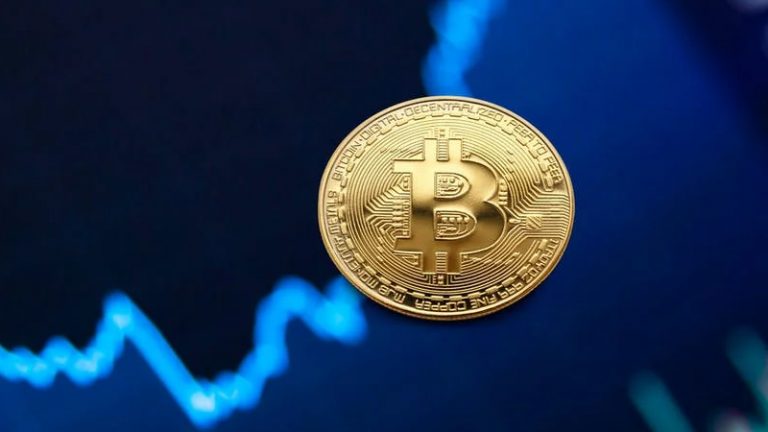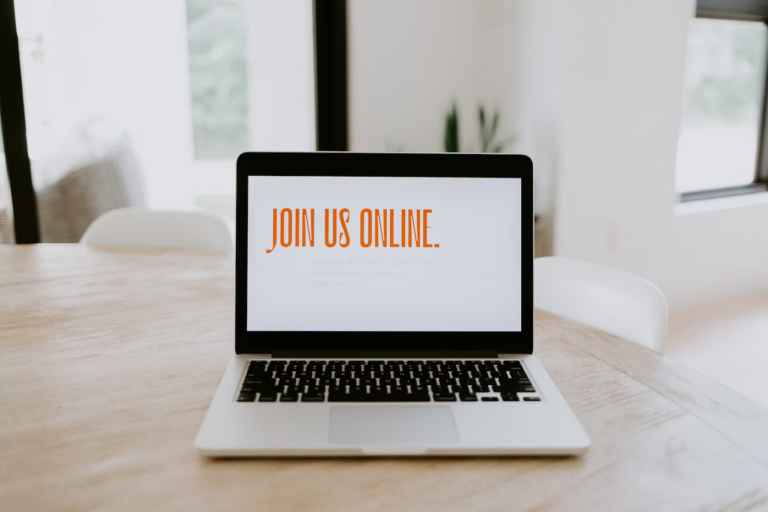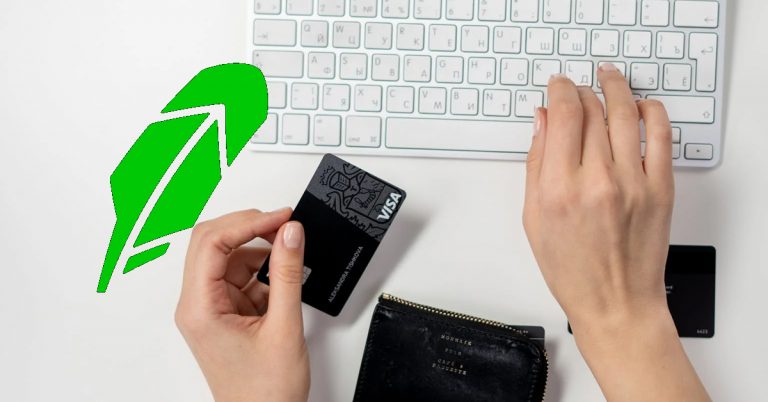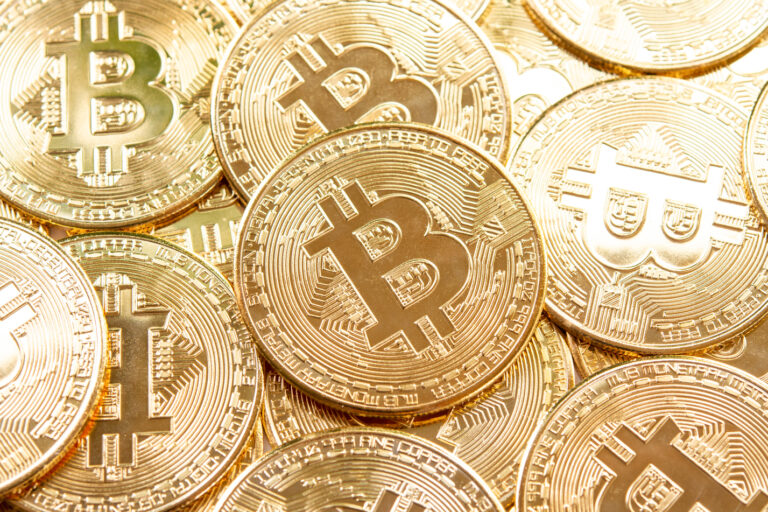Will PayPal Overdraft Your Bank Account?
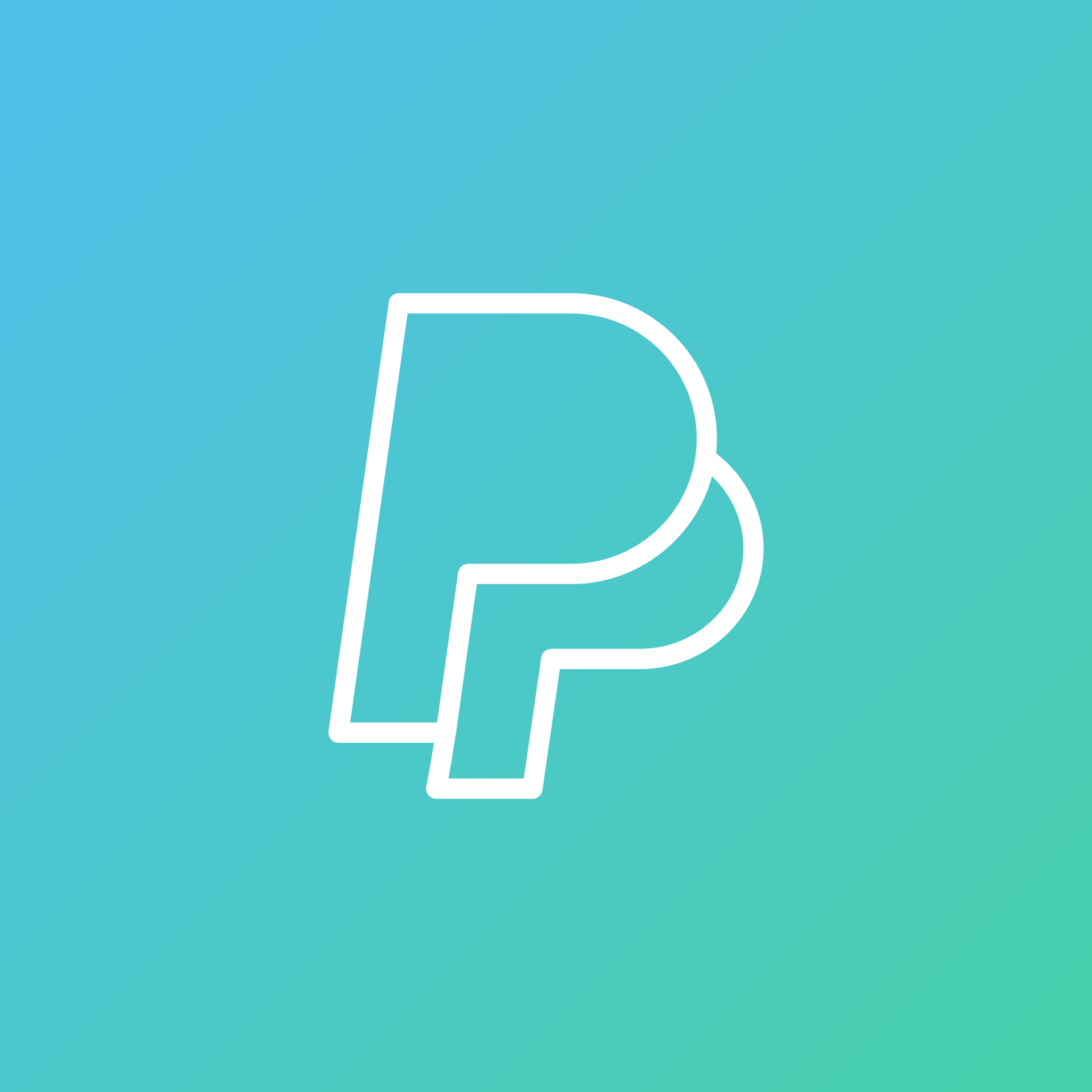
One of the most common questions asked about PayPal is whether or not it will overdraft a linked bank account. Many people worry that if there are insufficient funds in their bank account, PayPal will overdraft it. In this article, you’ll find out if PayPal can overdraft your account and learn about its related policies.
It’s important to note that PayPal is not a bank, but rather an online payment service. As a result, PayPal cannot overdraft your bank account. However, you can link a bank account to your PayPal account to use as your primary or backup funding source.
Linking a bank account to your PayPal account has several benefits. Before making a transaction, make sure to check if your bank account has enough funds. If you use your bank account as your primary source, PayPal will prompt you to add a backup funding source in case your bank account lacks the necessary funds. This way, PayPal can charge you through alternative means if necessary.
PayPal and Overdrafts
If you have your bank account set up as your primary funding source with PayPal, the service will try to charge you from that account. If there are insufficient funds in your bank account, the transaction will not go through and your bank may charge an overdraft fee. PayPal will make a second attempt to charge your bank account after three days. It’s expected that you will have added funds to your bank account before this second attempt. If there are still insufficient funds, PayPal will then try to charge your backup funding source.
Please keep in mind that your bank may also charge an overdraft fee for the second attempt. To avoid being charged overdraft fees by your bank, make sure your bank account has sufficient funds before making a payment, especially if you have your bank account set up as your primary funding source.
Learn about transferring money from PayPal to someone else’s bank account.
How do you get a negative balance on PayPal?
Your PayPal balance can become negative if a transaction is reversed, such as in the case of a chargeback, a lost claim, or insufficient funds in your linked bank account. In these situations, you are responsible for reimbursing PayPal for the amount of the reversed transaction and any associated fees. It’s important to resolve your negative balance as soon as possible. If you do not resolve the negative balance within 120 days, your account may be locked and you will be unable to log into your PayPal account.
To add funds to your account and resolve a negative balance:
- Log into your PayPal account
- Go to Wallet
- Click on Add money
- Choose one of the available options to add funds
- Click Continue and follow the instructions
PayPal may also resolve a negative balance by applying money you receive in your PayPal account or using funds in another currency. Please note that pending withdrawals may be canceled and PayPal will not attempt to resolve the negative balance by withdrawing funds from your bank account. It is your responsibility to resolve the negative balance.
Benefits of linking a bank account to your PayPal account?
Linking a bank account to your PayPal account has several benefits. It’s easy to do – simply log in to your PayPal account and click on “Add or Edit Bank Account” on your profile page. PayPal will send you an email explaining how to link your bank account and verify it by depositing or withdrawing a small amount.
If you use your linked bank account as a backup funding source, you’ll be able to make purchases even if you don’t have enough money in your PayPal balance. You can also transfer money from your bank account to your PayPal balance to use as your primary funding source. Additionally, you can link a credit or debit card to your PayPal account.
You can always check your PayPal balance by logging in to your account. If your bank account is your primary funding source, make sure it has enough funds to avoid being charged a dishonor fee by your bank. However, linking a bank account to PayPal also comes with potential risks, such as the risk of hackers accessing your account. To protect yourself, never share your login information and be cautious of emails from PayPal. If you receive an email from PayPal, don’t click any links. Instead, log in to your account to resolve any issues. This way, you can prevent your hard-earned money from falling into the hands of fraudsters.

